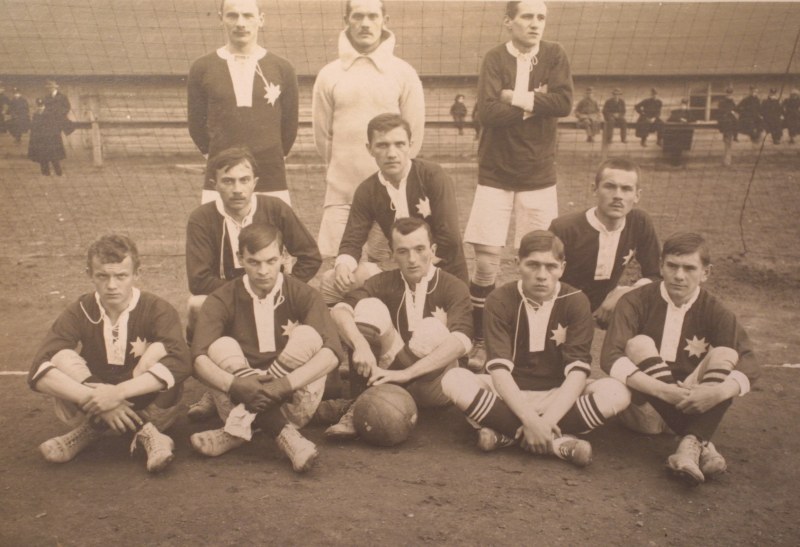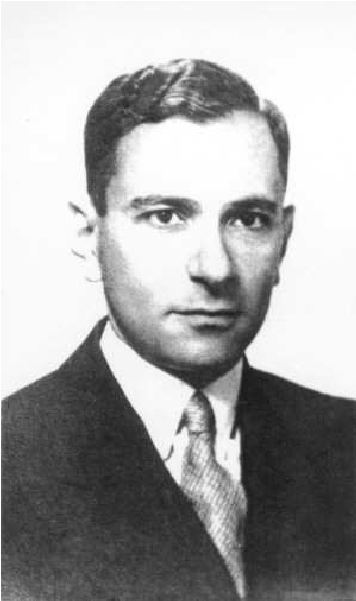Myron Mathisson, Jan Weyssenhoff, and others
Theoretical concept of classical spinning particle has at least threefold origin.
1. It arises in classical limit of quantum mechanics of elementary particles with spin. The spin of the quantum particle is an observable related to unitary irreducible representation of the rotation group. In the classical limit this observable gives rise to classical degrees of freedom, called the classical spin.
2. Thrown stick or ring usually moves forward and quite often it also rotates. We easily notice the presence of rotation visually, but it is a
nontrivial task when we want to quantify it. In the framework of nonrelativistic classical mechanics we know how to do this. On the other hand, it is formidably difficult task in the relativistic case. Here comes Myron Mathisson. His seminal paper from 1937 is appreciated until now. Anyway, often it is convenient and sufficiently accurate to model such a macroscopic body as a point particle with extra degrees of freedom related to the rotations, called the classical spinning particle as in the previous case. Notice that it has nothing to do with quantum mechanics. For example, it can be used to model a star orbiting around a black hole.
3. One can ad hoc generalize the theoretical concept of a classical point particle by adding degrees of freedom that have appropriate behavior under rotations of reference frame in the space. Such models usually have a purely theoretical motivation.
Large set of classical spinning particles can form a spin-fluid, first considered by Jan Weyssenhoff. Nowadays there are intense theoretical investigations of relativistic hydrodynamics of spin-fluids with its applications to quark-gluon plasma.
One of mysteries of the world of known fundamental quantum particles (quarks, leptons, gauge bosons, the Higgs scalar) is that their spins are equal only to 0, 1/2 or 1 - higher values of spin are absent.

